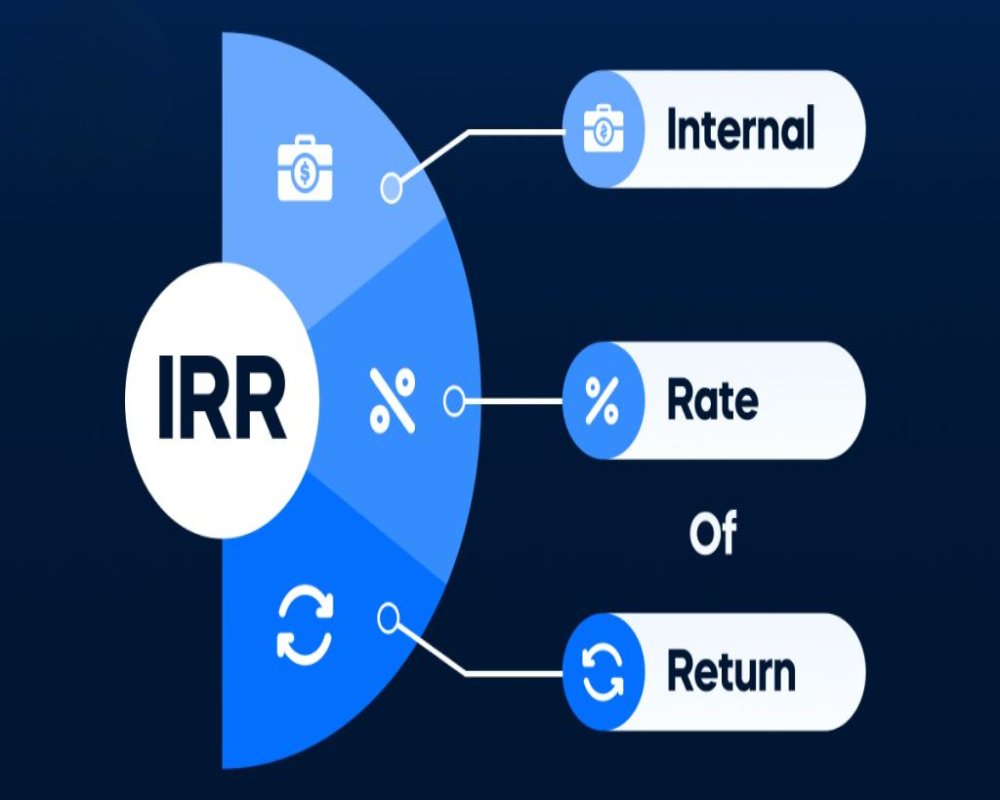Internal Rate of Return (IRR)
IRR measures the annualized return expected over the holding period, accounting for time-value of money
- Target IRR for raw or entitled land is typically between 14% and 25%
- Higher IRRs expected for riskier entitlement or land banking strategies
- Lower IRRs (10%–14%) may apply for pad-ready land with short hold and build-out plans
- IRR is highly sensitive to entitlement timing, resale, or development velocity
Equity Multiple
This metric reflects the total return on invested equity over the investment life, regardless of time
- Typical equity multiple target ranges from 1.8x to 3.0x for land deals
- A 2.0x multiple means doubling invested capital, often within 3 to 7 years
- Preferred in syndications or land flips where IRR may be less stable
- Helps evaluate whether longer holds with lower IRRs still deliver strong cash outcomes
Yield on Cost or Return on Cost
This is the projected stabilized income divided by total project costs, used for land-to-development strategies
- Targets range from 6% to 8% for core office or industrial uses
- Build-to-suit or pre-leased deals may accept lower yields due to reduced risk
- Yield compression may still deliver outsized returns due to land cost basis
- Often used alongside IRR for underwriting vertical development
Exit Cap Rate and Residual Value Sensitivity
Land investors evaluate potential sale pricing or development exit value as a key return driver
- Target exit cap rates typically range from 5.5% to 7.0% depending on asset type and market
- Sensitivity analyses assess how cap rate shifts affect IRR and multiple
- For land flips, residual land value after entitlements becomes the core valuation input
- Institutional buyers use cap rate arbitrage to justify premium post-entitlement acquisition




